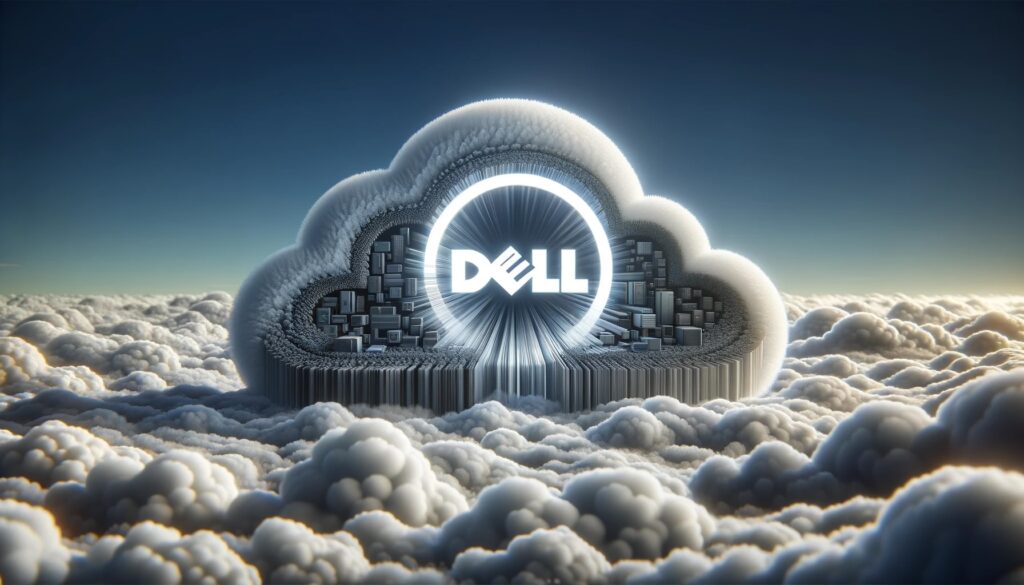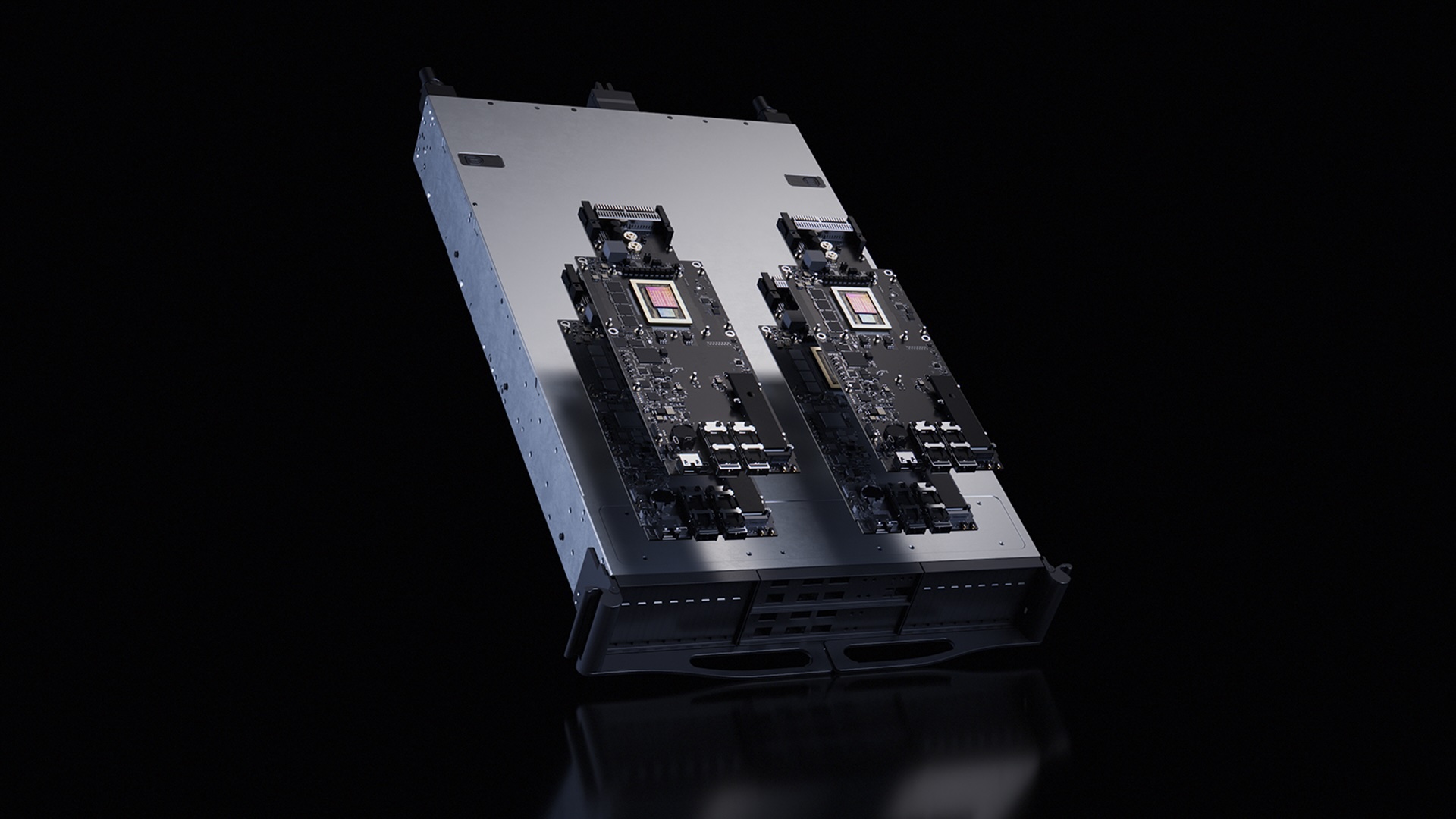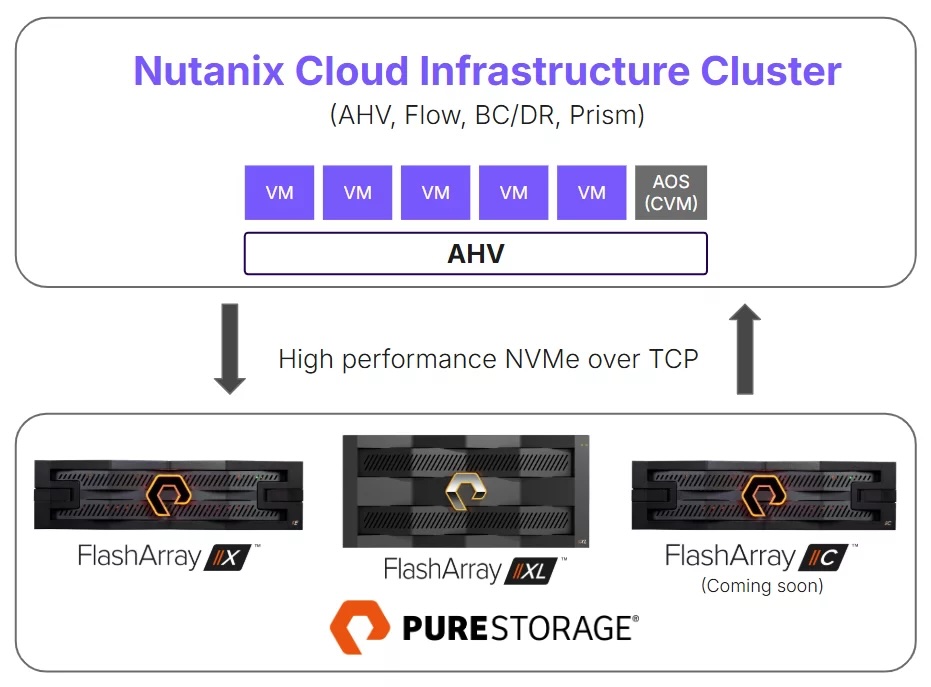Dell Technologies and Red Hat announced a deepening of their partnership. The companies will focus on the convergence of virtualization, containerization, and AI to simplify enterprise IT operations.
The collaboration integrates Red Hat’s OpenShift container orchestration platform into Dell’s APEX Cloud Platform, enabling virtual machines (VMs) and containerized applications to coexist within the same architecture.
The unified platform addresses the growing complexity in IT environments as companies adopt cloud-native technologies and artificial intelligence.
Integrating Red Hat OpenShift & Dell APEX
The integration of Dell APEX and Red Hat OpenShift is a significant advancement for Dell in enabling its customers to manage and deploy IT infrastructure. The collaboration between Dell and Red Hat unites containerization, virtualization, and cloud-native technologies within a single, cohesive platform.
Here’s a look at how this integration works:
Unified Cloud Operating Model
The Dell APEX Cloud Platform for Red Hat OpenShift allows organizations to operate a cloud-like environment on-premise. It combines Red Hat’s OpenShift, the industry’s leading container orchestration platform, with Dell’s APEX, which offers scalable, as-a-service cloud infrastructure. This integration enables businesses to run containerized and traditional virtualized workloads in a unified architecture.
Support for Both VMs and Containers
Red Hat OpenShift has traditionally been a container-focused platform, but with this integration, it now supports OpenShift Virtualization. This allows virtual machines to coexist with containerized applications within the same environment. Enterprises no longer need separate infrastructure or management systems for VMs and containers, simplifying IT operations and reducing overhead.
Dell APEX brings infrastructure management capabilities to this hybrid model, enabling organizations to manage VMs and containers seamlessly throughout their lifecycle. This allows enterprises to gradually transition from legacy virtualized workloads to cloud-native, container-based applications without disruption.
Full-Stack Automation and Lifecycle Management
Dell APEX for OpenShift offers built-in software automation and full-stack lifecycle management, which helps streamline the deployment, management, and scaling of VMs and containers.
Through Dell’s APEX service model, enterprises benefit from cloud-like agility, even running workloads on-prem. This approach is crucial for handling complex applications such as AI, machine learning, and mission-critical workloads that need consistent management.
Cloud-Native Flexibility on Bare Metal
A key feature of the Dell APEX-OpenShift integration is the ability to run OpenShift on bare metal, delivering cloud-native flexibility and performance without the overhead of a hypervisor.
This enables businesses to take full advantage of OpenShift’s capabilities while maintaining high efficiency, particularly in on-prem environments that need the scalability of cloud-native applications but need more time to fully migrate to the public cloud.
End-to-End Management and Integration
The partnership between Dell and Red Hat provides an end-to-end solution that integrates hardware, software, and cloud-native management. Dell’s expertise in infrastructure solutions complements Red Hat’s container orchestration, creating a streamlined experience from day-one deployment to long-term operational support. Dell APEX’s curated infrastructure is fully integrated with OpenShift, ensuring a seamless experience for enterprises seeking to deploy cloud-native and AI-driven applications alongside traditional systems.
Enhanced AI and Advanced Workload Support
The Dell APEX and OpenShift integration also prepares organizations to handle AI-driven workloads by allowing them to manage both traditional and cloud-native applications within the same platform.
The ability to balance virtualized and containerized environments is critical as more companies look to integrate AI and machine learning into their operations.
Consolidated Infrastructure and Cost Efficiency
By integrating VMs and containers into a single platform, Dell APEX and Red Hat OpenShift eliminate the need for separate infrastructures. This consolidation reduces complexity and costs, enabling IT teams to manage diverse workloads more efficiently while providing scalability for future growth.
Analysis
The integration of Dell APEX and Red Hat OpenShift addresses one of the most pressing challenges facing IT departments today: managing the growing complexity of modern workloads. As organizations move toward cloud-native technologies, they are often forced to maintain a delicate balance between traditional virtualized environments and the agility of containers. This hybrid approach, while powerful, can be operationally taxing.
By unifying virtualization and containerization under a single platform, Dell and Red Hat offer a much-needed solution that reduces complexity and streamlines management. The ability to run VMs alongside containers in the same architecture is a critical enabler, especially for enterprises that want to modernize without completely overhauling their legacy infrastructure.
As AI adoption accelerates across industries, IT infrastructures must evolve to support the demands of AI-powered applications. The Dell-Red Hat platform is well-positioned to capitalize on this trend, offering enterprises the flexibility to run AI workloads in a unified environment. The integration solution’s ability to manage containerized and virtualized applications will be valuable for companies working with generative AI models, which require significant processing power, scalability, and efficient data handling.
As the demand for cloud-native applications and AI capabilities grows, the Dell-Red Hat solution is compelling for enterprises looking to embrace modern IT infrastructure while maintaining control over their traditional workloads. Unifying virtual machines and containers under a single architecture enables enterprises to modernize at their own pace while ensuring scalability, security, and operational efficiency. It’s a powerful value proposition.





